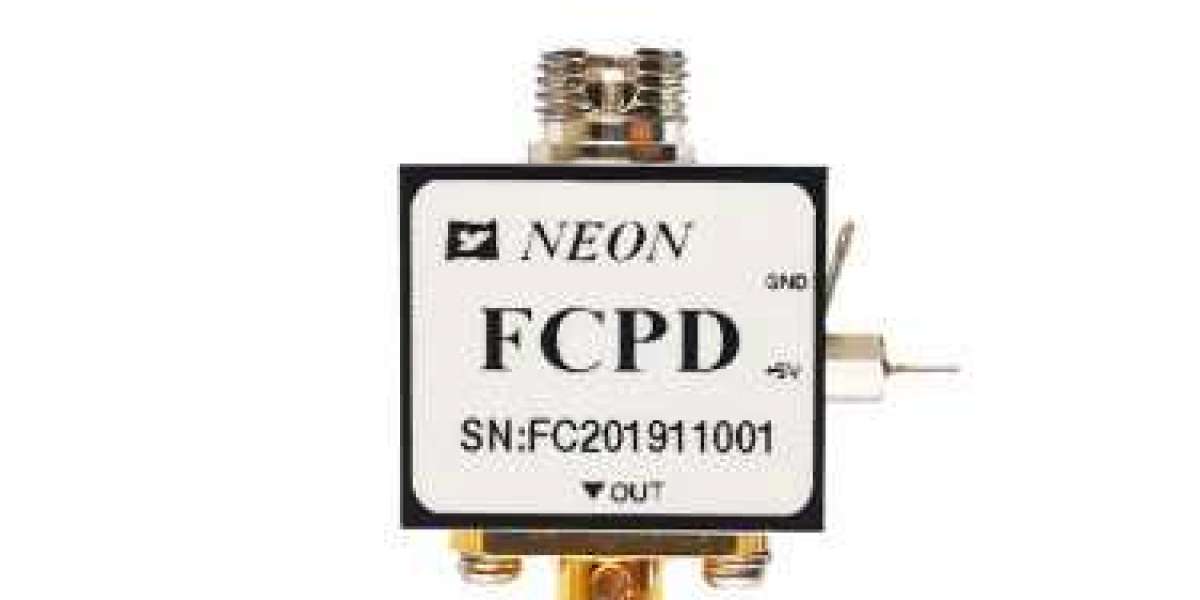What is a Photodiode?
It is a form of light sensor that converts light energy into electrical energy (voltage or current). The photodiode is a type of semiconducting device with a PN junction. Between the p (positive) and n (negative) layers, an intrinsic layer is present. The photodiode accepts light energy as input to generate electric current.
It is also called a Photodetector, Photo Sensor, or Light Detector. Photodiode operates in reverse bias condition i.e., the p – side of the photodiode is connected with the negative terminal of the battery (or the power supply) and n – side to the positive terminal of the battery.
Typical photodiode materials are Silicon, Germanium, Indium Gallium Arsenide Phosphide, and Indium gallium arsenide.
Internally, a photodiode has optical filters, a built-in lens, and a surface area. When the surface area of the photodiode increases, it results in less response time. Few photodiodes will look like Light Emitting Diode (LED). It has two terminals as shown below. The smaller terminal acts as the cathode and the longer terminal acts as an anode.
Photodiode Image
The symbol of the photodiode is similar to that of an LED but the arrows point inwards as opposed to outwards in the LED. The following image shows the symbol of a photodiode.
Photodiode Symbol
Working of a Photodiode
Generally, when a light is made to illuminate the PN junction, covalent bonds are ionized. This generates hole and electron pairs. Photocurrents are produced due to the generation of electron-hole pairs. Electron hole pairs are formed when photons of energy more than 1.1eV hit the diode. When the photon enters the depletion region of the diode, it hits the atom with high energy. This results in the release of electrons from the atom structure. After the electron release, free electrons and holes are produced.
Photodiode Working
In general, an electron will have a negative charge and holes will have a positive charge. The depletion energy will have a built-in electric field. Due to that electric field, electron-hole pairs move away from the junction. Hence, holes move to the anode and electrons move to the cathode to produce photocurrent.
The photon absorption intensity and photon energy are directly proportional to each other. When the energy of photos is less, the absorption will be more. This entire process is known as Inner Photoelectric Effect.
Intrinsic Excitations and Extrinsic Excitations are the two methods via which photon excitation happens. The process of intrinsic excitation happens when an electron in the valence band is excited by the photon to the conduction band.
Also, read “Different Types of Sensors“
V-I Characteristics of Photodiode
Photodiode operates in reverse bias conditions. Reverse voltages are plotted along the X-axis in volts and reverse current are plotted along Y-axis in microampere. Reverse current does not depend on reverse voltage. When there is no light illumination, the reverse current will be almost zero. The minimum amount of current present is called a Dark Current. Once when the light illumination increases, the reverse current also increases linearly.
Photodiode V-I Characteristics
Applications of Photodiode
Photodiodes are used in many simple day-to-day applications. The reason for their use is the linear response of photodiode to light illumination. When more amount of light falls on the sensor, it produces a high amount of current. The increase in current will be displayed on a galvanometer connected to the circuit.
Photodiodes help to provide electric isolation with help of optocouplers. When two isolated circuits are illuminated by light, optocouplers are used to couple the circuit optically. But the circuits will be isolated electrically. Compared to conventional devices, optocouplers are fast.
Photodiodes are also used in safety electronics like fire and smoke detectors. It is also used in TV units.
When utilized in cameras, they act as photosensors. It is used in scintillators charge-coupled devices, photoconductors, and photomultiplier tubes.
Photodiodes are also widely used in numerous medical applications like instruments to analyze samples, detectors for computed tomography, and also used in blood gas monitors.
NEON is a supplier of a highly engineered commercial and industrial off-the-shelf or customized module designed for today’s high-speed optical communication network infrastructures and leading-edge defense systems.
Based on the traditional photodetector, we have developed a faster High speed photodetector. If you have any needs, you can click here to contact us. Our team can provide you with the perfect solution to the problem.



